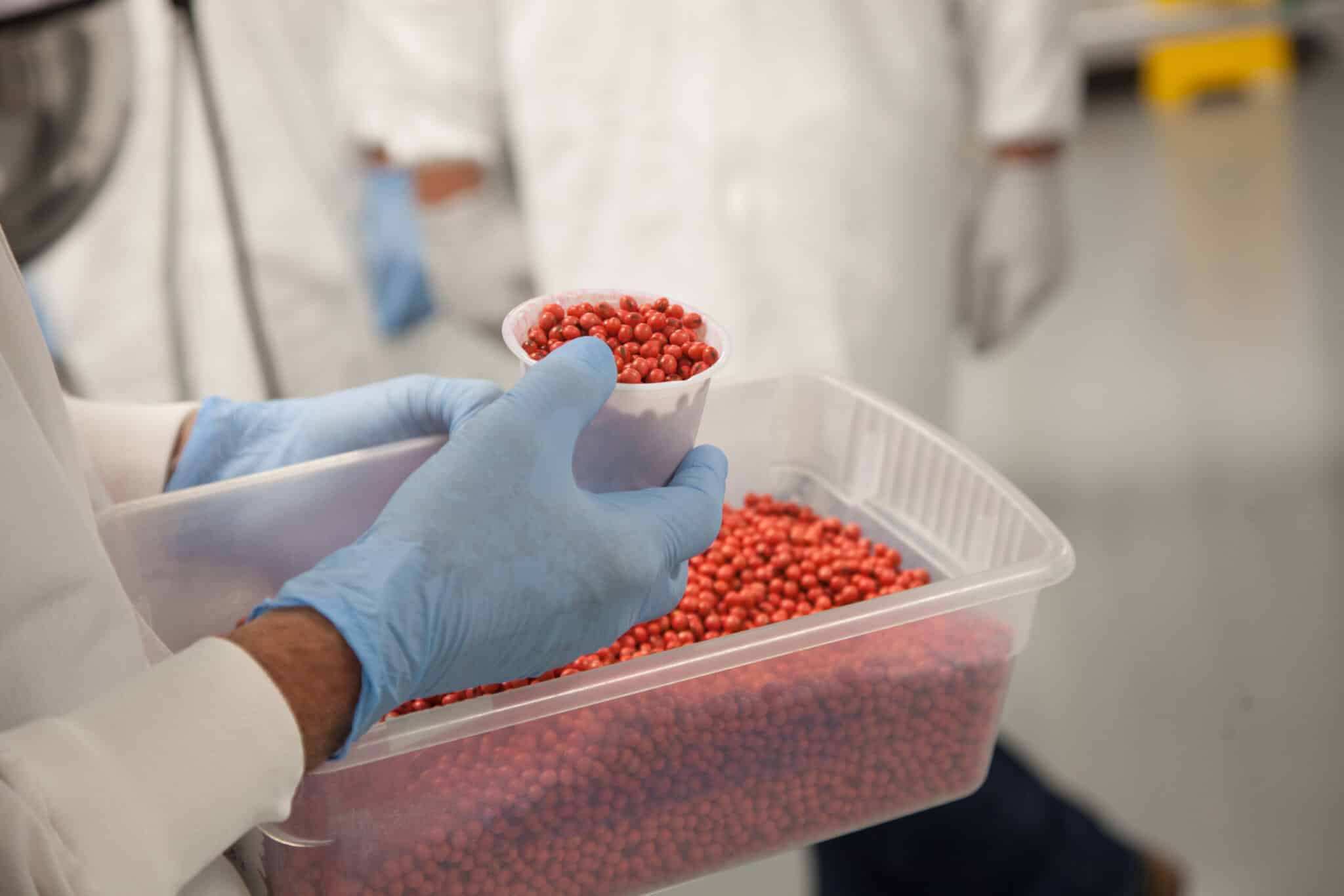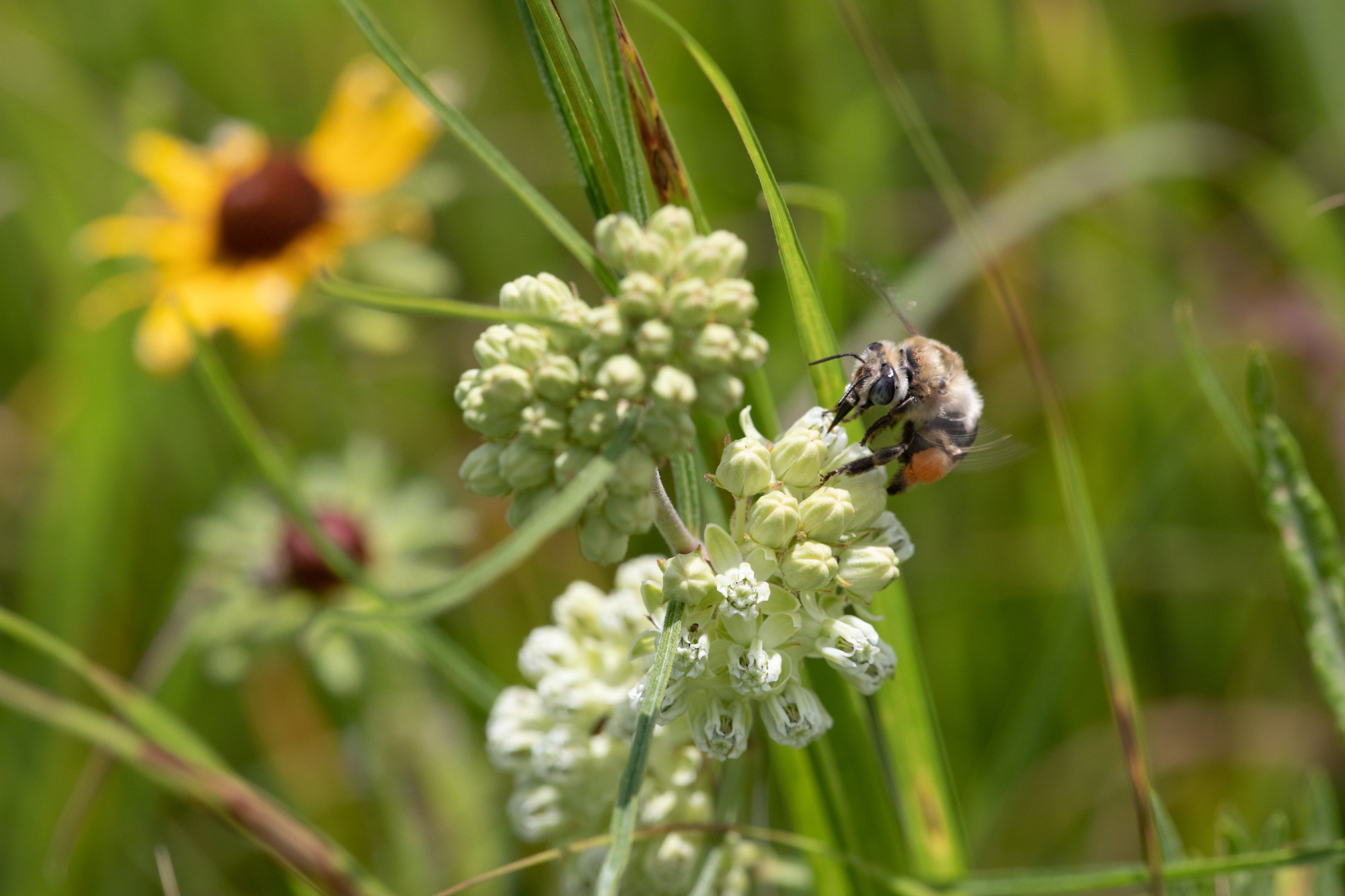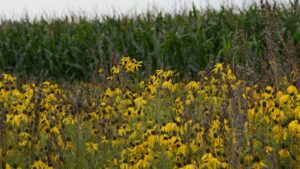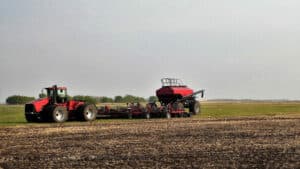Properly stewarding the land means properly using crop protection products.
Stewardship. Leaving the land in better shape than it started isn’t as simple of a goal as it seems.
Growers desire to be good stewards of the land, despite whether it is owned or rented, says Wayne Buhler, pesticide safety Extension specialist at North Carolina State University.
“They literally make their living off that land, so they want to care for it as they can,” he says, and that means following a crop protection program.
Seed treatments provide farmers highly targeted and effective seedling protection. Still, stewardship concerns linger, mainly, minimizing dust-off during handling and planting.
“We know dust can potentially carry active ingredients off target, so following the label ensures we minimize those risks,” says Mark White, senior regulatory stewardship manager at Syngenta.
Seed treatment stewardship also includes properly disposing of unused or spilled seed.
“We must to make sure no other wildlife species have access to consume those products,” White says.
Stewardship of foliar applied products is similar in that the focus is primarily on keeping targeted ingredients on target.
Buhler says the key is to avoid contact with off target animals including insects, particularly bees and other pollinators.
“Bees are rather susceptible and depending on the product, the toxicity may be low or high,” he says. “The only really safe way to use these products is if the bees are not there at the time of application or shortly thereafter.”
To better understand the proximity from managed hives to locations where crop protection products can be applied, there are programs, such as FieldWatch and BeeWatch, that connect beekeepers and famers. These types of programs help to improve communication between beekeepers and farmers.
“A good steward is aware of their surroundings, which means taking steps to avoid contact,” White says.
One way to avoid contact is to apply crop protection products at night or early in the morning when bees are not foraging. Care should be taken to ensure fields or nearby habitats are not in bloom.
“Applying products in these windows allows any toxicity levels to diminish before insects return to those fields to forage,” Buhler says.
Product Protection
Stewardship starts with knowledge, both about the land and the products growers use.
“Knowledge is really half the battle,” Buhler says. “You have to know the pests you are targeting and the different tools available to manage them.”

Stewardship focused growers often follow integrated pest management (IPM) plans, which take into consideration cultural and chemical controls to determine the best course of action. This ensures pesticides are used only when necessary and are always applied according to label directions.
“We are well aware that feeding our world population depends on good seed care and crop protection products,” White says. “That means we need to protect the viability of those products and use them according to the label and following best management practices to keep those products in the field.”
The label is the law for many reasons, and not a list of suggestions or guidelines. White says using a trained applicator is key to product stewardship.
If applicators fail to follow drift laws and other regulations, they can have their license revoked.
“We have pretty stringent drift laws here in North Carolina, and action is taken when we see violations,” Buhler says.
The industry is at risk of losing access to certain products if stewardship efforts fail. For instance, neonicotinoids are under regulatory review. Meanwhile, the indu-stry is drafting a stewardship plan, but no products are guaranteed for the future.
“It’s a long, difficult and expensive process to bring a new active ingredient to market,” White says. “An estimate is around 11 years and $300 million, with hundreds of scientific studies.”
Due to expenses and timing, there isn’t always a new product in the pipeline.
“For example, we have to look at all the other toxicological effects a new product could have to ensure it’s really better or safer, and if that product is sufficient to control the pest as part of our IPM toolbox,” Buhler says.
However, it isn’t just regulatory concerns that researchers worry about. Another problem is resistance.
“Insect resistance is a real challenge and concern,” White says. “We need to use products the correct way.”
“We only have a certain number of products,” Buhler says. “It’s not a matter of taking one away and replacing it with another.”
Financial Focus
Stewardship also includes the financial side of agriculture. Farmers have to focus on their margins as they balance protection, production and profits. Unfortunately, it’s not a simple, one-size-fits-all strategy.
“The financial aspect of farming is important to consider,” White says. “Farmers don’t want to waste products by not using them correctly or by appl-ying more than they need.
“It’s important they do use products whenever necessary to protect their yields, or they won’t hit the numbers they need to turn a profit and make their operations sustainable,” he says.
If farming isn’t profitable, there will be trickle-down financial costs for consumers, too.
“If we lose farmers because it is no longer profitable for them, we lose our ability to grow food,” Buhler says. “Our entire food security will be jeopardized for the future.”
Trying, Together
While crop protection companies are working on new stewardship goals and guidelines, it’s important to remember that stewardship is everyone’s responsibility and should be top of mind.
Buhler is encouraged by the efforts he has seen, and the new things various industry and consumer groups are trying.
“I‚Äôm excited from an educational standpoint about the increase in awareness we‚Äôve seen from the White House to big box stores and even grassroots efforts,” he says.
“It’s both troubling and delightful to consider this is something we all work towards,” he says. “It’s our job to make people aware of the stewardship efforts so we can continue to better manage and preserve our world.”













